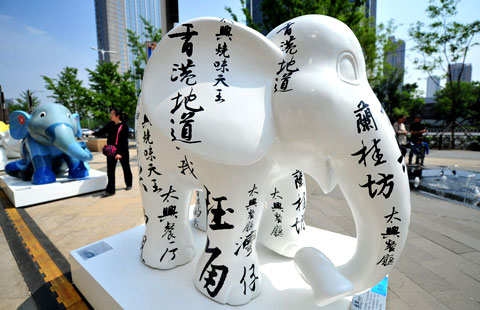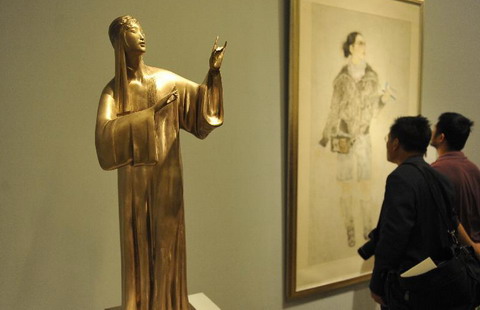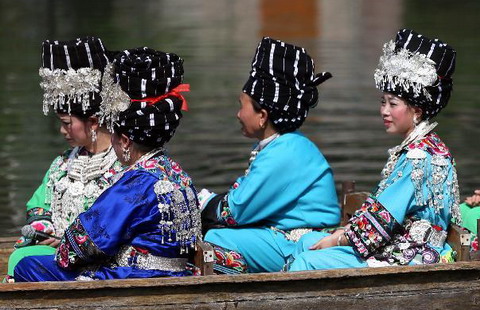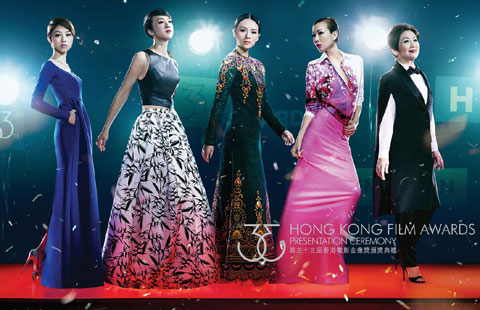Mask making heritage preserved
By Chen Nan ( China Daily ) Updated: 2014-05-10 11:46:52
|
Lin Hongkui, founder of two Peking Opera mask making studios, paints a mask. |
Traditionalists often fear ancient Chinese art forms are under threat but some Chinese youngsters are striving to keep traditions alive.
Lin has opened two Peking Opera mask making studios near popular tourist sites Shichahai and Xisi, in Xicheng district, Beijing, and also brings the century-old art form abroad, to give international audiences a taste of the unique Chinese tradition.
In early May this year Lin went to Copenhagen to take part in Beijing Week. He displayed Peking Opera masks, taught people the basic skills and told them the stories behind each mask.
Lin said Peking Opera is a Chinese national treasure and the makeup, which actors wear, is a necessary element of it.
In the Qing Dynasty (1644-1911), a man surnamed Gui, who was a big fan of Peking Opera and came from a noble family, came up with the idea of combining clay making and Peking Opera masks.
Since then clay Peking Opera masks have become a popular gift among families and friends.
Lin said that unlike Venetian masks, Peking Opera masks have different roles and are decorated to represent distinguishing features and personalities. For example, red symbolizes faithfulness and integrity, white means cattiness and black represents courage and irritability.
"I am obsessed with the stories behind each role and the connotations of different colors," says Lin, who introduced classic Peking Opera roles, such as Monkey King and Guan Kong, to audiences in Copenhagen.
Lin has studied Peking Opera mask painting since childhood and took it up as a full-time profession in 2009.
His mother, Tong Xiufen, 58, is a master Peking Opera mask maker and has been drawing for more than 30 years.
|
|
|
|
|
|
|
|

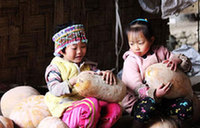
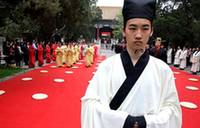

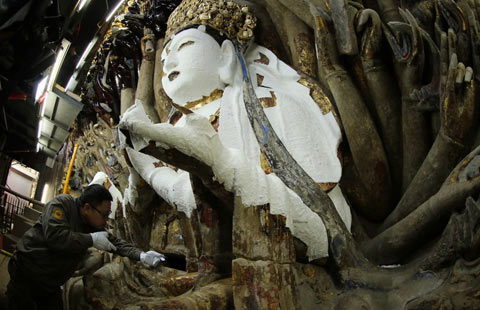
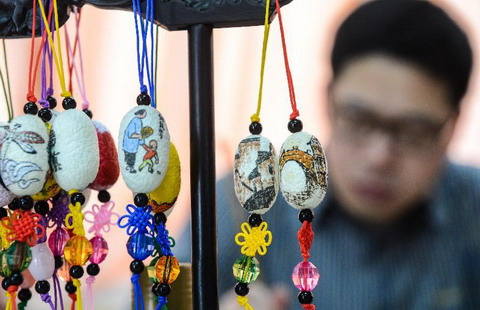

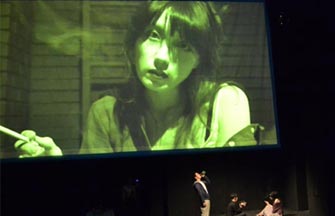
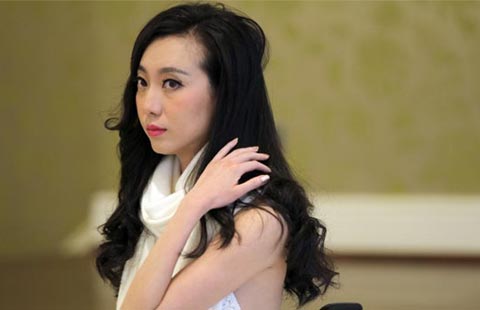
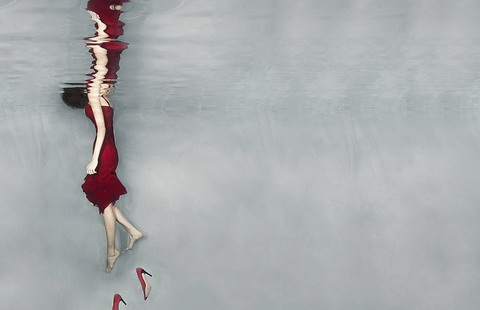
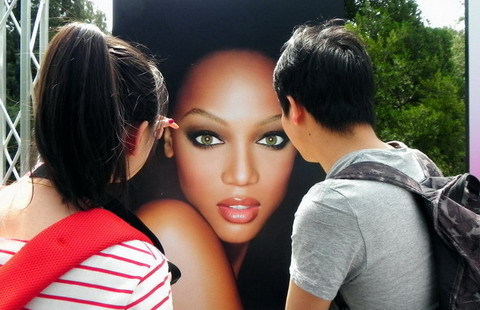

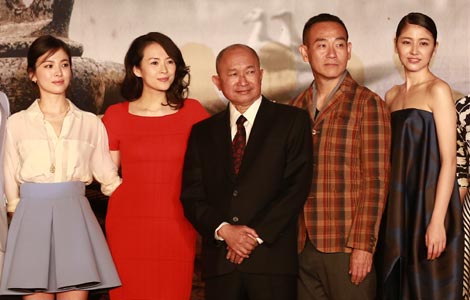
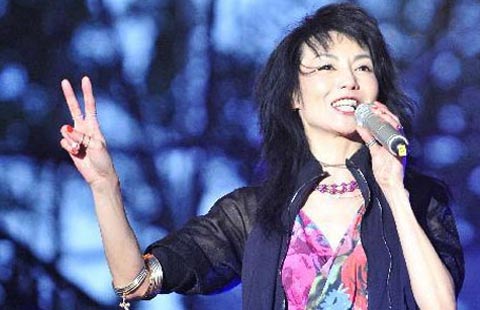
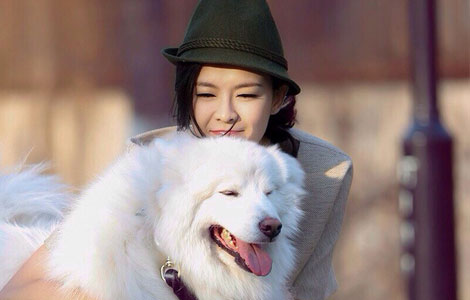


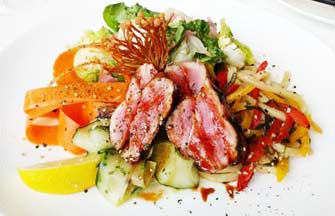




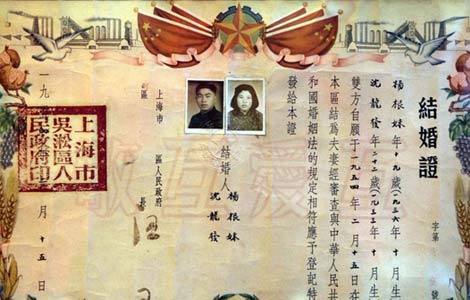

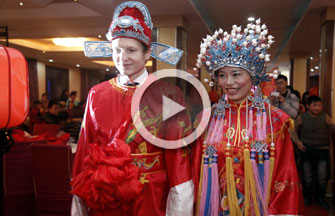

 Raymond Zhou:
Raymond Zhou: Pauline D Loh:
Pauline D Loh: Hot Pot
Hot Pot Eco China
Eco China China Dream
China Dream China Face
China Face
